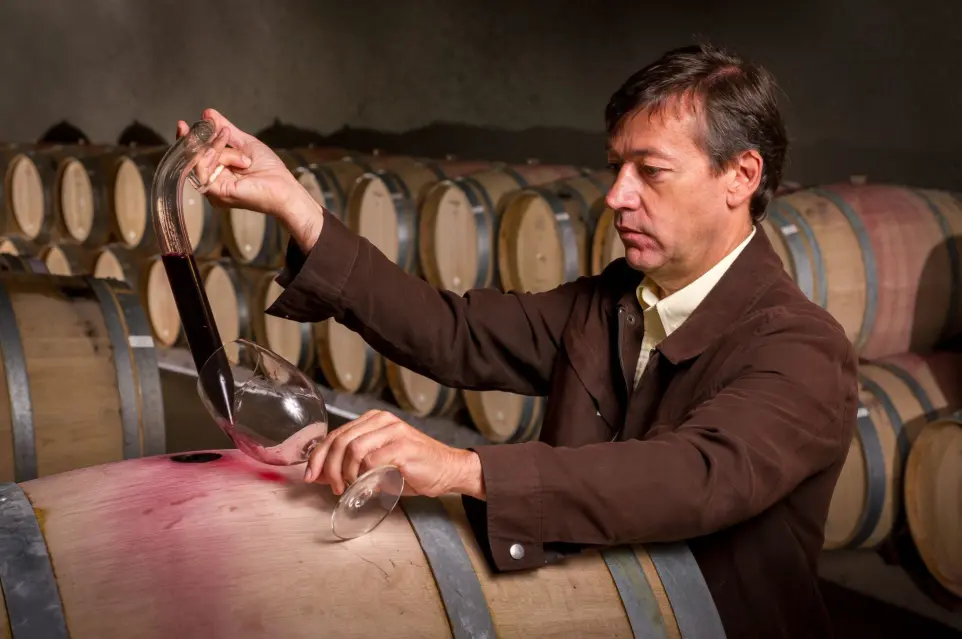Viniculture/Winemaking
The primary objectives of the BaccoOnline Viticulture/Winemaking application is to provide the winemaker with accurate in-the-bottle cost and a historical record of: vineyard plot establishment; annual plot maintenance practices; harvest conditions; and wine processing (crushing, fermenting, blending and ageing) decisions.
From an Information Technology point of view and according to Microsoft Co-Pilot, winemaking can be considered an adaptive process. Here is why:
- Climate Variability: Winemakers must constantly adapt to changes in weather patterns and climatic conditions. This impacts decisions on when to harvest grapes, how to manage vineyards and what techniques to use in the winemaking process.
- Technology Integration: Modern winemaking often involves the use of advanced technologies such as precision agriculture tools to monitor vineyard conditions, automated machinery for grape processing and sophisticated software for quality control.
- Market Demands: The wine market is always evolving with changing consumer preferences. Winemakers must adapt their production methods and product offerings to meet these changing demands, whether it is creating new blends, introducing organic wines or experimenting with different aging processes.
- Sustainability Practices: Many winemakers are adapting their practices to be more environmentally sustainable. This includes reducing water usage, minimizing chemical inputs and implementing eco-friendly packaging solutions.
- Scientific Advancements: Research in enology (the science of winemaking) continuously provides new insights and methods for improving wine quality and production efficiency. Winemakers must stay informed and adapt to these advancements.
Much like adaptive manufacturing, winemaking requires flexibility, innovation and a willingness to embrace new techniques and technologies to produce the best possible product.
In the BaccoOnline Viniculture application, processes are divided into vineyard/winery-wide and plot/vintage-specific activities. Examples of vineyard-wide activities and costs include land acquisition, common vineyard cultivation and annual maintenance (pest prevention, pruning, winter cold abatement, etc.). These common costs are allocated to each plot/vintage as determined by the winemaker and may be based upon the percentage of crop harvested, plot area, etc. Vintage-specific activates include the allocated vineyard costs plus unique actions that can be plot specific (e.g., cost of vines, special treatment, etc.). The record of activities in the vineyard and during the winemaking process also includes notes about conditions such as weather, grape/juice chemistry, soil condition, etc.
This information is also helpful to understand labor and equipment utilization and costs. The making of past vintages is intended to influence the making of future vintages and, as a record, to train future generations of vineyard ownership.





